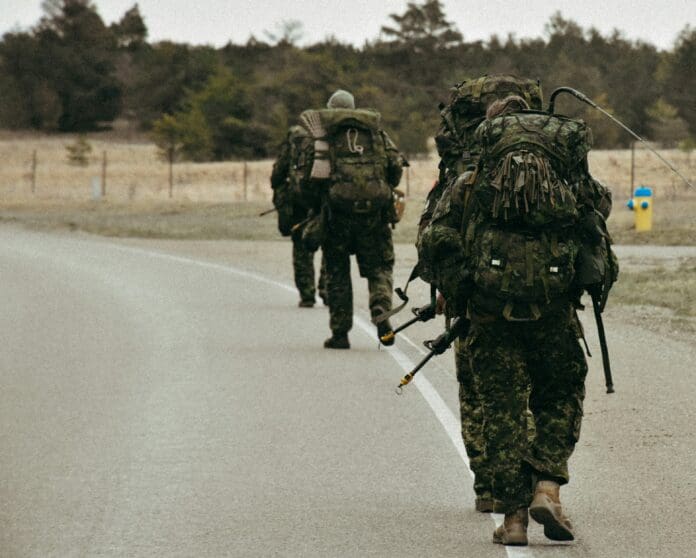This post is also available in:
 עברית (Hebrew)
עברית (Hebrew)
Over the past decade, the Tactical Assault Kit (TAK) has grown from a research experiment into one of the most widely used digital tools across modern defense and security forces. Designed to give troops a shared, real-time view of the battlefield, the system now serves more than half a million users across military, homeland security, and allied organizations worldwide.
Originally developed by the U.S. Air Force Research Laboratory to meet special operations requirements, TAK transformed standard smartphones into powerful, networked command-and-control tools. What began as the Android Tactical Assault Kit (ATAK) has since expanded into a multi-platform ecosystem, including versions for iOS, Windows, and Linux, along with TAK Server and WebTAK for broader command and coordination.
At its core, TAK provides a live, map-based interface showing friendly and enemy positions, sensor feeds, and mission data. Its modular design allows users to add plug-ins for specific needs, such as drone integration, route planning, or robotic control, without altering the core software. This open architecture has helped TAK become the “tactical operating system” for dismounted operations and field teams.
Because the software is government-owned and designed for commercial off-the-shelf hardware, it delivers significant cost advantages over bespoke military systems. Troops can use ruggedized smartphones and tablets rather than custom-built hardware, cutting expenses while improving agility.
According to Breaking Defense, the system’s biggest advantage lies in its interoperability. TAK connects users across branches, agencies, and coalition partners, ensuring that information from the tactical edge feeds directly into higher-level command systems. It also supports secure communications in environments where radio bandwidth is limited or contested.
Looking ahead, developers are integrating artificial intelligence features that can filter and prioritize battlefield data automatically. Efforts are also underway to create a “sensor mesh”, allowing each TAK device to contribute to a collective intelligence network. These advancements are aimed at giving commanders faster, more informed decision-making tools in complex and dynamic environments.
As digital operations continue to define modern warfare, TAK is increasingly viewed not just as a situational awareness tool, but as the foundational operating environment for soldiers at the tactical edge.


























